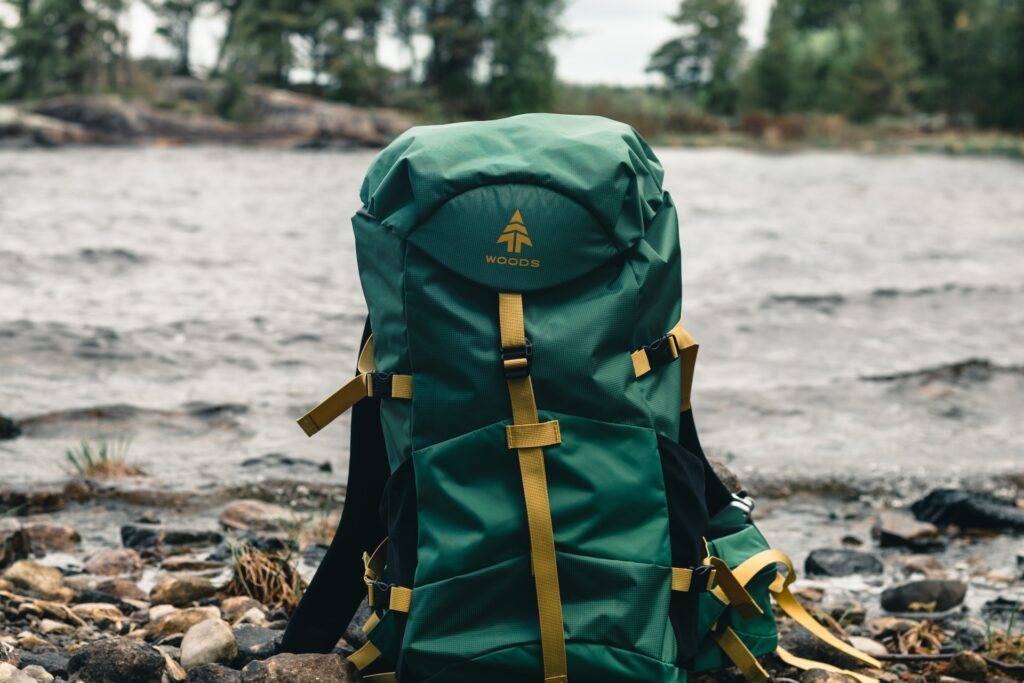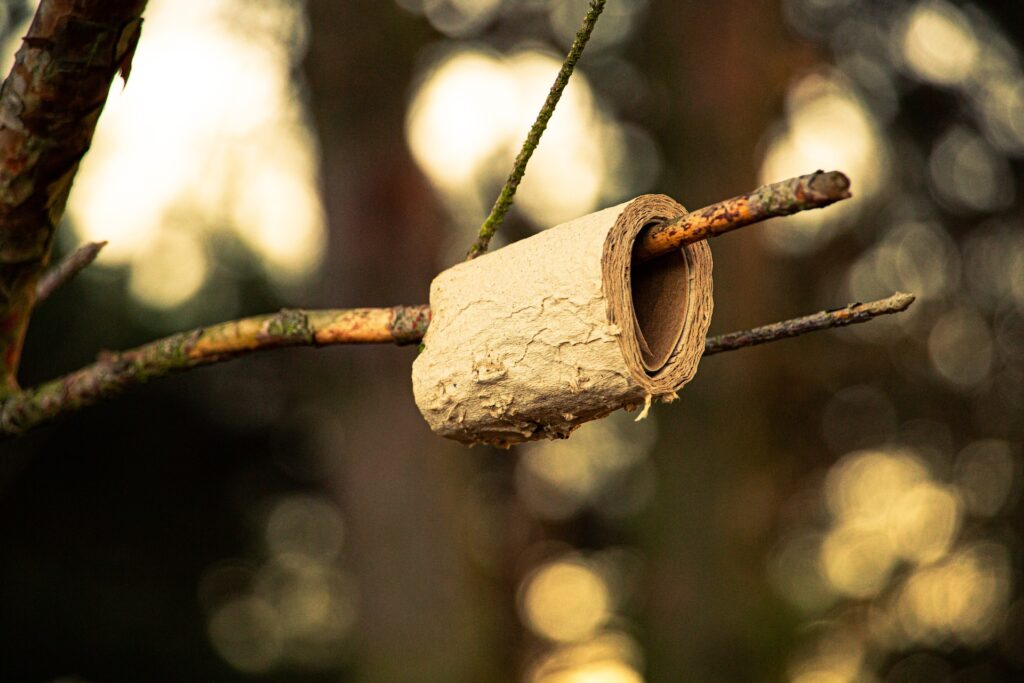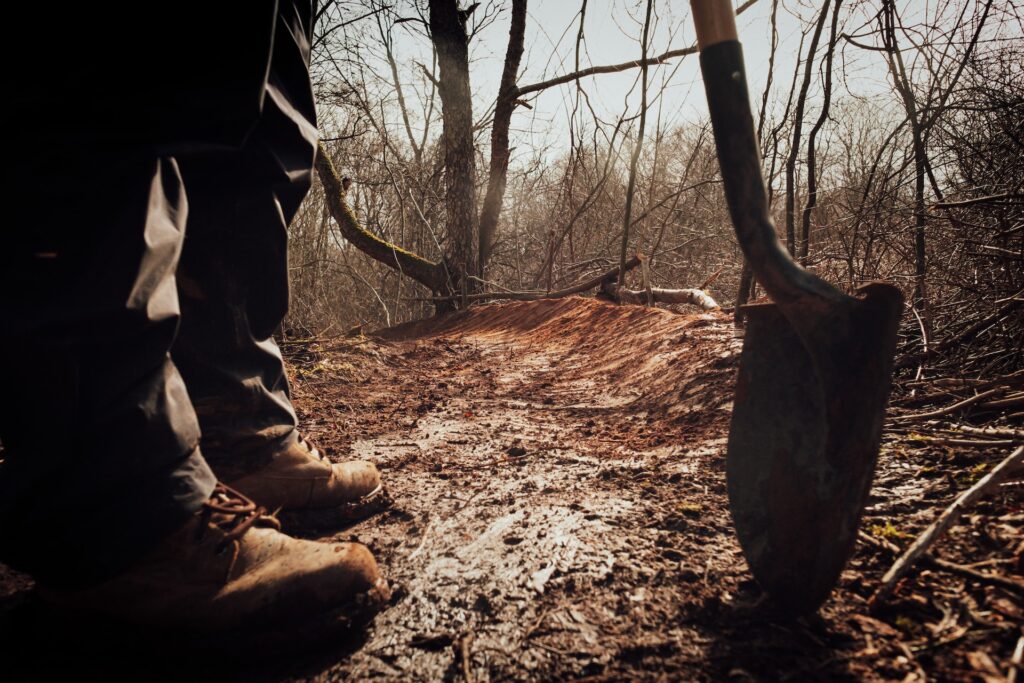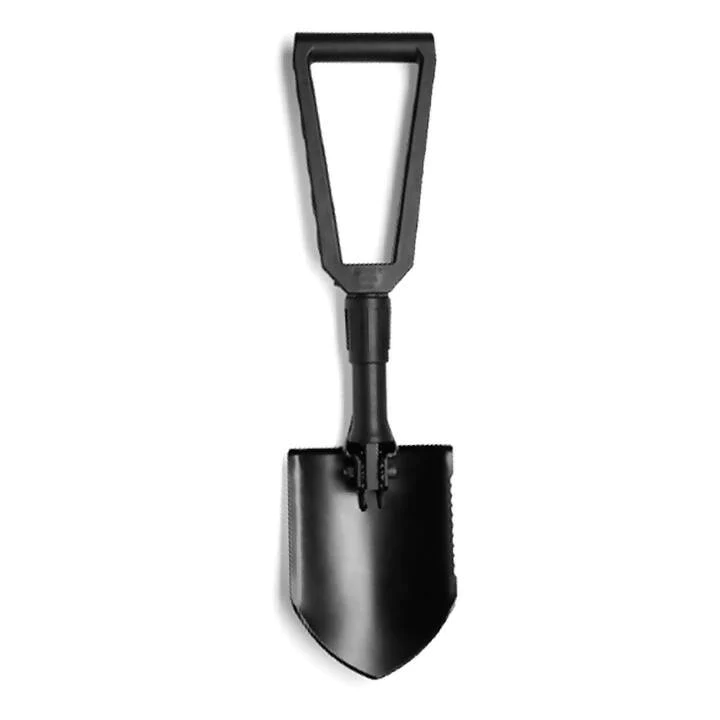Embracing Nature’s Call in the Great Outdoors
The allure of the wilderness is undeniable. The vast landscapes, the tranquil silence, and the promise of adventure beckon us to step away from the hustle and bustle of daily life and reconnect with nature. But amidst the hiking, camping, and stargazing, there’s one aspect of outdoor adventures that often goes unspoken: the inevitable call of nature. Yes, we’re talking about pooping in the wilderness. While it might seem like a trivial or even humorous topic, it’s an essential part of responsible outdoor exploration. In this guide, we’ll journey through the art and science of answering nature’s call in the wild, ensuring that our adventures are both enjoyable and eco-friendly.
Preparation is Key: Ready Yourself for Nature’s Unexpected Calls
Ah, the great outdoors! The chirping of the birds, the rustling of the leaves, and the… sudden urge to go? That’s right, fellow adventurers, even amidst the breathtaking beauty of the wilderness, nature has its own way of reminding us of our basic human needs. But fear not, for with a sprinkle of preparation and a dash of humor, you can master the art of pooping in the wilderness like a pro.
Packing Essentials: The Trio of Triumph Before you lace up those hiking boots and set off on your next adventure, let’s talk about the three musketeers of wilderness bathroom breaks:

- The Trusty Trowel: This little tool is your best friend when it comes to digging the perfect cat hole. Lightweight and compact, it easily fits into your backpack, ensuring you’re always ready when nature calls.
- Biodegradable Toilet Paper: We’re all for using natural resources, but when it comes to wiping, it’s best to stick to the tried and true. Opt for biodegradable toilet paper or wipes that are gentle on the environment and ensures you leave no trace behind.
- Sealable Bag: Think of this as your eco-friendly trash can. Whether you’re in an area with specific waste regulations or just want to give Mother Nature a helping hand, this bag will store your used toilet paper until you can dispose of it properly.
Choosing Your Throne: Location, Location, Location! Now, let’s chat about the real estate of pooping in the wilderness. You don’t just want any spot; you want the perfect spot. Here’s what to keep in mind:
- Distance: Ensure you’re at least 200 feet away from water sources and trails. Not only does this protect the environment, but it also gives you a bit of privacy.
- The View: Let’s face it, if you’re going to do your business in the wild, you might as well enjoy a scenic view. Find a spot that lets you connect with nature in every sense of the word.
While the topic of pooping in the wilderness might bring a chuckle or two, it’s an essential part of every adventurer’s journey. With the right preparation and a touch of charm, you can ensure that every call of nature is answered with grace, respect, and a bit of fun. After all, it’s all part of the grand adventure!
The Cat Hole Technique: Nature’s Eco-Friendly Restroom
Venturing into the heart of the wilderness is a thrilling experience, but it also comes with its unique set of challenges. One such challenge? Answering nature’s call in an environment-friendly manner. Enter the cat hole, your sustainable solution to pooping in the wilderness. Let’s dive into this eco-friendly technique that ensures you leave only footprints (and not toilet paper) behind.
Understanding the Cat Hole: More Than Just a Hole At first glance, the cat hole might seem like a simple dig in the ground, but it’s a carefully crafted throne that prioritizes Mother Nature. By burying our waste, we’re not just hiding it from sight; we’re allowing it to decompose naturally, ensuring minimal impact on the environment.
Crafting the Perfect Cat Hole: A Step-by-Step Guide
- Location Matters: We’ve touched on this before, but it’s worth repeating. Choose a secluded spot away from high traffic areas and water sources. Remember, it’s not just about privacy; it’s about protecting our natural water sources from contamination.
- Digging Deep: With your trusty trowel in hand, start digging a hole about 6 to 8 inches deep and 4 to 6 inches wide. Think of it as planting a seed, only this time, the seed is your contribution to the circle of life.
- The Throne Awaits: Once your hole is ready, it’s time to get comfortable. Take a moment to appreciate the beauty around you, and when you’re done, remember to use only biodegradable toilet paper.
Sealing the Deal: Burying Your Natural Treasure After you’ve done the deed, it’s time to cover up your cat hole. Using the soil you initially dug up, fill the hole, ensuring that no trace is left behind. This simple act not only keeps the area clean for future adventurers but also prevents curious animals from digging up your buried treasure.
In the grand tapestry of wilderness adventures, pooping in the wilderness might seem like a minor detail. But by mastering the cat hole technique, you’re taking a significant step towards sustainable travel. After all, the beauty of nature is a gift, and it’s up to us to preserve it for generations to come.
Answering Nature’s Call with Grace: Embracing the Wilderness Restroom
Ah, the serenity of the woods, the gentle hum of nature, and suddenly, the unmistakable urge. It’s a scenario every outdoor enthusiast has faced or will face. But fret not, for pooping in the wilderness can be a seamless, even enlightening, experience if approached with the right mindset and tools.
Embrace the Natural Setting First and foremost, let go of any inhibitions. Remember, in the wilderness, you’re just another creature answering nature’s call. The trees don’t judge, the birds are too busy singing, and the wind? Well, it’s got your back.
To TP or Not to TP? While we’re all for going au naturel, when it comes to wiping, a little preparation goes a long way:

- Biodegradable Toilet Paper: Your best bet for a clean and eco-friendly experience. Soft on you and kind to the environment, it’s a win-win.
- Leaves: A Word of Caution: The idea of using leaves might sound appealing to the hardcore nature lover. But unless you’re well-versed in botany, it’s best to stick to TP. Some leaves can be irritants, and trust us, that’s a wilderness experience you’d rather avoid.
Mindful Moments in the Wild As you settle down to do your business, take a moment to truly connect with your surroundings. Feel the earth beneath you, listen to the symphony of nature, and breathe in the fresh air. It’s not just about pooping in the wilderness; it’s about becoming one with nature, even in the most unexpected of ways.
Wrapping Up with Care Once you’re done, ensure you bury your biodegradable toilet paper in the cat hole. If you’ve packed wet wipes, remember they don’t belong in the hole. Instead, pack them out in your sealable bag to dispose of later.
The Art of Burying Your Natural Treasure: Leaving No Trace Behind
The deed is done. You’ve answered nature’s call amidst the grandeur of the wilderness. But wait, the adventure isn’t over just yet! Now comes a crucial step in the process of pooping in the wilderness: ensuring you leave the environment as pristine as you found it. Let’s embark on this eco-responsible journey of burying your natural treasure.
Why Bury? The Eco-Logic Before we dive into the ‘how’, let’s understand the ‘why’. Burying our waste is not just about aesthetics or avoiding an awkward encounter for the next hiker. It’s about:
- Decomposition: Buried waste decomposes faster, returning essential nutrients to the soil.
- Protecting Water Sources: Unburied waste can contaminate nearby water sources, impacting both wildlife and humans.
- Wildlife Welfare: Leaving waste exposed can attract wildlife, altering their natural behavior and diet.
Burying Like a Pro: Step-by-Step

- Revisit Your Cat Hole: Return to the cat hole you so diligently dug earlier. It’s about to serve its primary purpose.
- Deposit with Care: Gently place your waste and biodegradable toilet paper into the hole. If you’ve used any non-biodegradable items, keep them aside to pack out.
- Seal the Deal: Using the soil you initially set aside, fill up the cat hole. Ensure it’s packed well, leaving no signs of disturbance.
- Nature’s Camouflage: For an added touch, scatter some leaves, twigs, or grass over the buried spot. This not only conceals the area but also deters animals from digging.
A Note on Longevity While your buried treasure will naturally decompose over time, the rate can vary based on environmental factors. In arid regions, decomposition can take longer. Always be mindful of local guidelines and regulations when pooping in the wilderness.
In essence, burying your waste is a testament to your commitment to the environment. It’s a silent promise to Mother Nature that you cherish her beauty and will do your part to preserve it for future generations.
Pack It Out: The Ultimate Commitment to Mother Nature
As we journey deeper into the realm of pooping in the wilderness, we encounter a principle that goes beyond just burying our waste. It’s the ethos of “Pack It Out” – a commitment to leave the wilderness untouched, unspoiled, and as magnificent as we found it.

Understanding the ‘Pack It Out’ Principle At its core, “Pack It Out” is about minimizing our footprint in the wild. It’s the practice of carrying out everything we bring in, including waste. While burying is effective in many scenarios, there are instances and places where packing out is the best or only option.
Why Pack It Out?
- Sensitive Environments: Some terrains, like deserts or alpine regions, have slow decomposition rates. In such areas, even biodegradable items can linger for a long time.
- High Traffic Areas: Popular hiking trails or campsites can become overwhelmed with the volume of waste. Packing out helps alleviate this burden.
- Regulations & Respect: Many protected areas have strict guidelines to ensure their preservation. Adhering to these rules is a sign of respect for the environment and fellow adventurers.
The Right Tools for the Task
- Sealable Bags: These are your best allies. Durable, lightweight, and odor-proof, they can safely store used toilet paper and other waste until you can dispose of it properly.
- Portable Toilet Kits: Available at outdoor stores, these kits are designed for packing out human waste. They often come with waste gel that solidifies liquid, making transport easier and more sanitary.
Doing It Right: Packing Out with Care
- Double Bagging: For added security against leaks and odors, consider double bagging your waste.
- Storage: Keep your waste bag in an easily accessible yet separate compartment in your backpack.
- Disposal: Once back in civilization, dispose of the waste in a proper trash receptacle.
The Bigger Picture Embracing the “Pack It Out” principle is more than just an eco-friendly practice; it’s a mindset. It’s about recognizing our responsibility as visitors to the wilderness and ensuring our adventures don’t come at the environment’s expense. By packing out our waste, we’re not just preserving nature’s beauty for ourselves but for countless generations to come.
Nature’s Call Answered: A Journey of Respect and Responsibility

As we wrap up our deep dive into the world of pooping in the wilderness, it’s clear that what might seem like a simple act is, in fact, a testament to our commitment to the environment. Whether we’re digging the perfect cat hole, choosing biodegradable products, or packing out our waste, each step is a pledge to preserve the pristine beauty of the outdoors. The wilderness offers us solace, adventure, and memories that last a lifetime. In return, it asks for our respect and understanding. By approaching nature’s call with preparation, knowledge, and a touch of humor, we ensure that our mark on the wild is nothing more than footprints and cherished memories. So, the next time you venture into the great outdoors, remember: nature calls in more ways than one, and with the right approach, every call can be answered with grace






